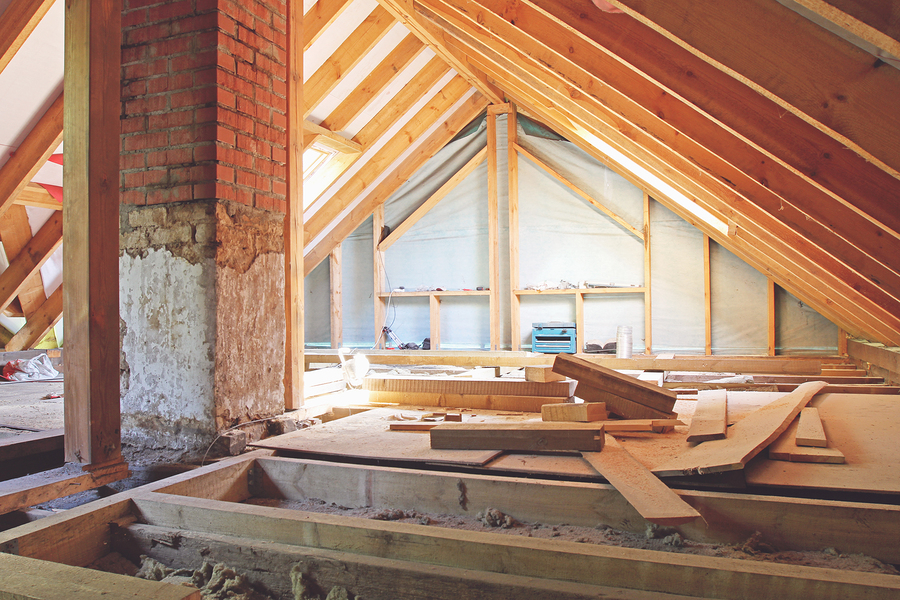Are you a homeowner or a real estate developer looking to boost energy efficiency in your property? An attic energy audit checklist can be your best ally! Ensuring that your attic is well-insulated and free from energy leaks is key to reducing energy costs and maintaining a comfortable indoor climate. Let’s delve into the components of an attic energy audit checklist and explore how each step contributes to a more energy-efficient home.

Understanding the Importance of an Attic Energy Audit
An attic energy audit is crucial for identifying areas where energy is being wasted. It involves a thorough inspection of the attic to pinpoint issues like poor insulation, air leaks, and inadequate ventilation. Addressing these issues can significantly lower your energy bills and enhance overall home comfort. Moreover, it can increase the lifespan of your HVAC system by reducing its workload.
Preparing for Your Attic Energy Audit
Before starting your audit, gather necessary tools such as a flashlight, measuring tape, and a notepad. Dress appropriately in comfortable clothing and ensure you have protective gear like gloves and a dust mask, as attics can be dusty and contain potentially harmful materials.
Inspecting Insulation Levels
One of the first steps in your attic energy audit checklist is to inspect the insulation levels. Adequate insulation is essential to keep your home warm in winter and cool in summer. Check if the insulation is evenly distributed and fills all gaps. If you find any thin spots, consider adding more insulation. For comprehensive guidance on insulation, visit Attic Ceiling Insulation Guide.
Identifying Air Leaks
Air leaks can dramatically affect your home’s energy efficiency. Examine potential leak points such as around light fixtures, attic hatches, and ducts. Use a smoke pencil or incense stick to detect air movement. Sealing leaks with caulk or weatherstripping can prevent energy loss and improve comfort.
Evaluating Ventilation Systems
Proper ventilation is vital for maintaining air quality and preventing moisture buildup in your attic. Check that vents are not blocked by insulation or debris. Clean out any obstructions to ensure a smooth flow of air. For more information, explore Importance of Proper Attic Ventilation.
Checking for Moisture and Mold
Moisture and mold can compromise the integrity of your attic and pose health risks. Look for signs of water damage, such as stains or mold growth. Addressing leaks in the roof and improving ventilation can help mitigate these issues.
Inspecting Electrical Systems
Ensure that all electrical wiring in the attic is up to code and free from damage. Faulty wiring can be a fire hazard and should be repaired by a qualified electrician. If you’re planning any attic renovations, you might find Attic Renovation Ideas helpful.
Assessing Structural Integrity
Check the structural elements of your attic, including beams and trusses, for signs of damage or wear. Ensuring the attic’s structural soundness is vital for safety and long-term usability. For more on attic repair, see Attic Truss Repair.
Ensuring Safety Measures
Safety is paramount when conducting an attic energy audit. Make sure your attic has a safe exit in case of emergencies. Consider implementing an Attic Fire Escape Plan.
Evaluating HVAC Ductwork
Your HVAC system’s ductwork plays a crucial role in energy efficiency. Check for leaks or disconnections in the ducts and ensure they are properly insulated. For expert advice, refer to Attic HVAC Ductwork Tips.
Organizing Your Attic Space
A cluttered attic can impede airflow and make inspections difficult. Organize your attic by using an efficient system. For DIY tips, visit Attic Organization System DIY.
Utilizing Professional Services
While a DIY audit is beneficial, professional services can provide a more comprehensive evaluation. Consider hiring an energy auditor to ensure no aspect of your attic’s energy efficiency is overlooked.

Frequently Asked Questions
1. What is the first step in an attic energy audit?
The first step is inspecting the insulation levels to ensure they are adequate and evenly distributed.
2. How can I detect air leaks in my attic?
You can use a smoke pencil or incense stick to identify air movement around potential leak points.
3. Why is attic ventilation important?
Proper ventilation prevents moisture buildup and maintains air quality, which is essential for a healthy attic environment.
This article contains affiliate links. We may earn a commission at no extra cost to you.




